Multichannel optimization: Unlocking a more cohesive strategy for engaging customers
Published on May 08, 2025/Last edited on November 11, 2025/8 min read
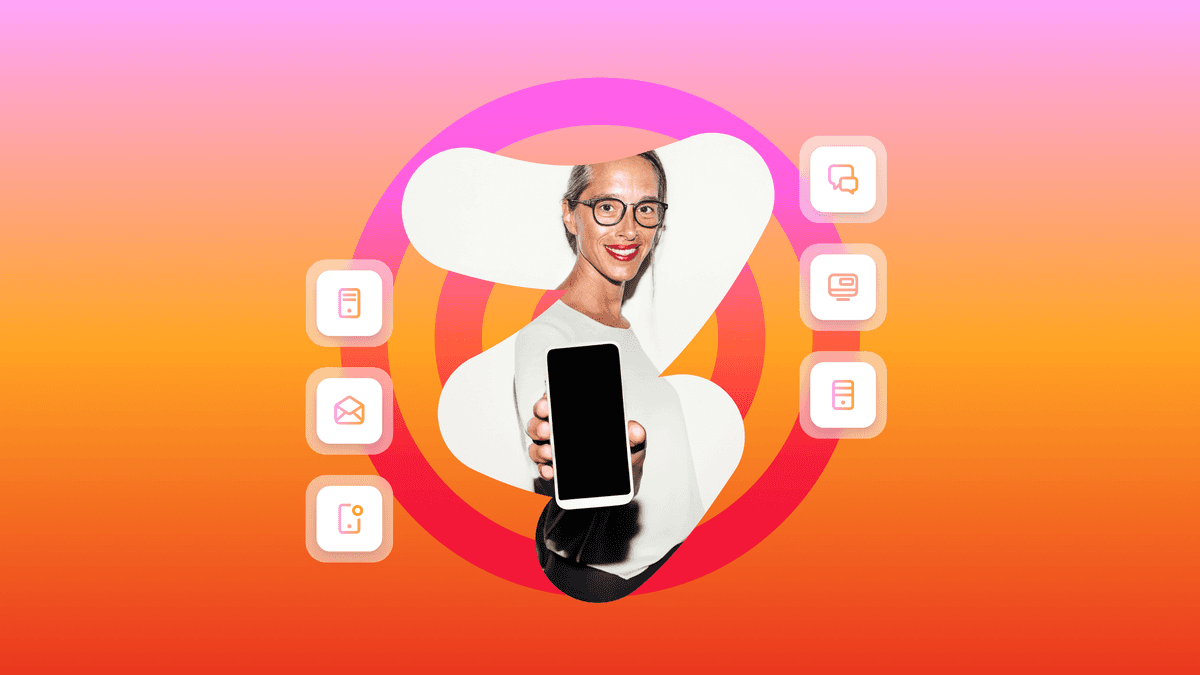
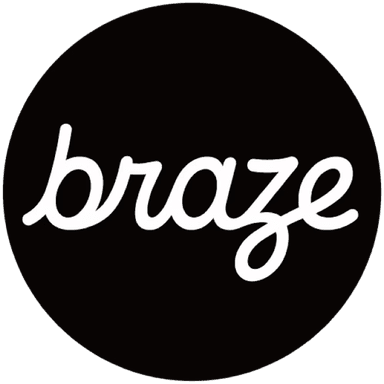
Team Braze
Multichannel optimization is the step many brands miss. With access to more channels to connect with consumers than ever before, it’s important to know how to make those platforms work smarter, together. Done well, it helps streamline customer experiences, improve message relevance, and lay the groundwork for more connected, cross-channel strategies.
Let’s break down what multichannel optimization involves, how it compares to other strategies, and how to start building a more effective approach.
Contents
- What is multichannel optimization?
- How multichannel differs from cross-channel and omnichannel
- Tactics for optimizing your multichannel marketing strategy
- Examples of effective multichannel marketing campaigns
- Multichannel optimization as a path to cross-channel engagement
- Final thoughts
- Multichannel optimization FAQs
What is multichannel optimization?
Multichannel optimization is the process of improving how marketing teams use multiple channels to deliver more relevant, consistent, and cohesive messaging. It focuses on refining performance across each touchpoint, reducing fragmentation to create a smoother customer experience.
Optimizing your multichannel strategy means taking what you’re already doing—whether that’s email marketing, mobile push, SMS, or others—and aligning those efforts to support shared goals. It’s about timing, targeting, and context, rather than volume.
What is multichannel marketing?
Multichannel marketing is the practice of reaching your target audience through different channels—email, SMS, push notifications, messaging platforms, mobile apps, social platforms, and more.
This approach helps brands reach a broader audience and engages customers—and potential customers—with relevant messaging on the right platform. But without a shared strategy and a marketing solution that can unify these touchpoints, the experience can become disjointed.
How multichannel differs from cross-channel and omnichannel
Multichannel, cross-channel, and omni-channel marketing sound similar. It’s easy to confuse these terms, but the differences matter—especially when thinking about how to improve your marketing strategy.
- Multichannel: Multiple platforms are used for reaching customers. The channels can often work separately.
- Cross-channel: This approach is focused on using the ideal mix of channels to reach customers in a complementary, cohesive way.
- Omnichannel: Omni-channel marketing is a strategic, highly coordinated approach where brands aim to be everywhere their customers are.
Multichannel optimization sits between these approaches. It helps brands move beyond basic multichannel execution by identifying ways to make campaigns feel more cohesive, without needing to overhaul their entire tech stack.
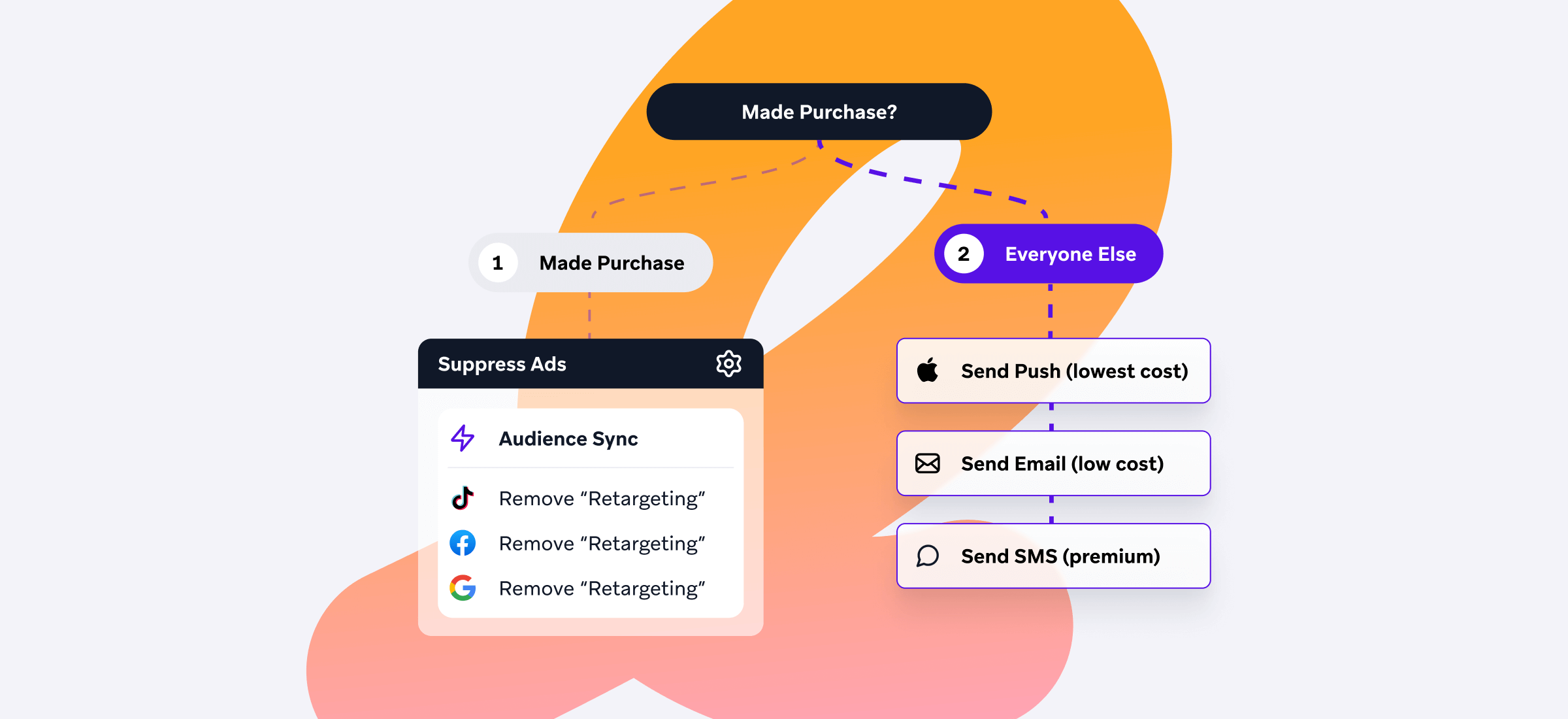
Tactics for optimizing your multichannel marketing strategy
Optimizing a multichannel marketing strategy doesn’t have to mean starting from scratch. These steps can help strengthen what’s already in place.
Audit your current channels and performance
Start by reviewing the campaigns and messaging you’re sending across each platform. Are there overlaps? Gaps? Conflicting tones or timings? Look at engagement metrics by channel, and evaluate whether each touchpoint supports the same goals.
Centralize and activate your customer data
Siloed data leads to fragmented messaging. Use a customer engagement platform like Braze to bring together data from across your channels. That might include behavioral data, preferences, past purchases, or message history. A more complete view of the customer helps unlock better targeting and personalization.
Coordinate messaging across channels
Each platform has its own format, cadence, and strengths, but the messaging strategy should stay consistent. Aligning tone, timing, and purpose across campaigns improves clarity, customer service and customer experience.
Test, learn, and iterate
Track performance by channel and by campaign. Run A/B and multivariate tests to compare timing, creative, sequencing, and impact on conversion rates across platforms. Optimization isn’t a one-off fix. It’s a process of continuous improvement, guided by real-world results.
Examples of effective multichannel marketing campaigns
If you’re looking for inspiration on what great multichannel marketing looks like in action, these brands offer a blueprint. Each one took a thoughtful approach to optimizing campaigns across channels, using personalization, timing, and cross-channel coordination to drive real results.
A latte channels, one experience: How Dutch Bros boosted engagement
Dutch Bros is a beloved drive-thru coffee chain known for its passionate fanbase and high-energy service. Their mission? Fuel connections—one cup at a time.
The problem
Their year-end recap emails were popular but left out customers not subscribed to email communications, limiting the reach of this celebratory experience. Dutch Bros aimed to create a more inclusive and interactive way to engage all their customers.
The solution
Dutch Bros transformed their Dutch Rundown™ into an in-app interactive experience using Braze Content Cards™ and in-app messaging. They incorporated dynamic storytelling, gamified elements, and real-time data to personalize the experience. Customers were assigned personas like “Champions” and “Rookies,” unlocking unique app stickers and viewing personalized highlights, such as total points earned and most ordered drink.
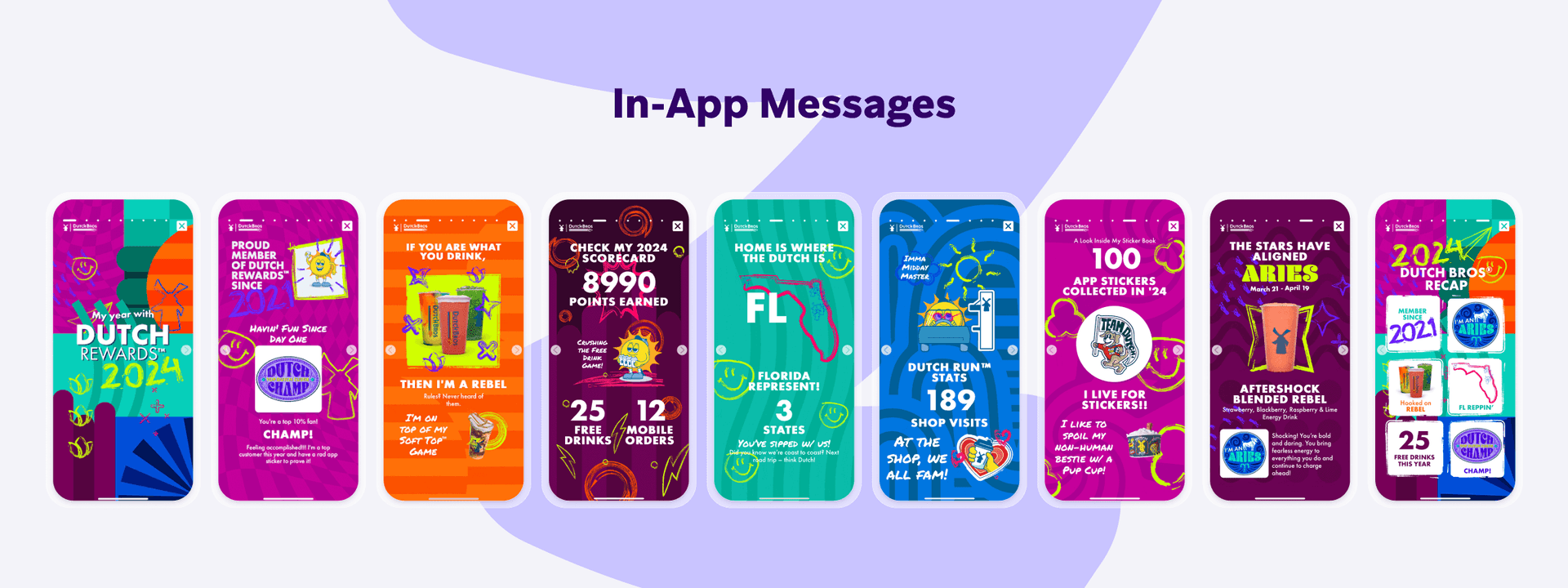
The results
The 2024 Dutch Rundown™ achieved 66X higher engagement compared to the previous email-only experience and reached four times more customers than in 2023. This approach enhanced app engagement, encouraged social sharing, and strengthened customer connections during the critical holiday season.
Fried, tested, and optimized: KFC Ecuador serves up a 15% increase in revenue
KFC Ecuador is focused on delivering fast, flavorful meals while keeping their brand experience as crisp as their fried chicken.
The problem
KFC Ecuador observed that many customers were downloading mobile coupons through their app but not redeeming them, leading to missed sales opportunities and decreased customer engagement.
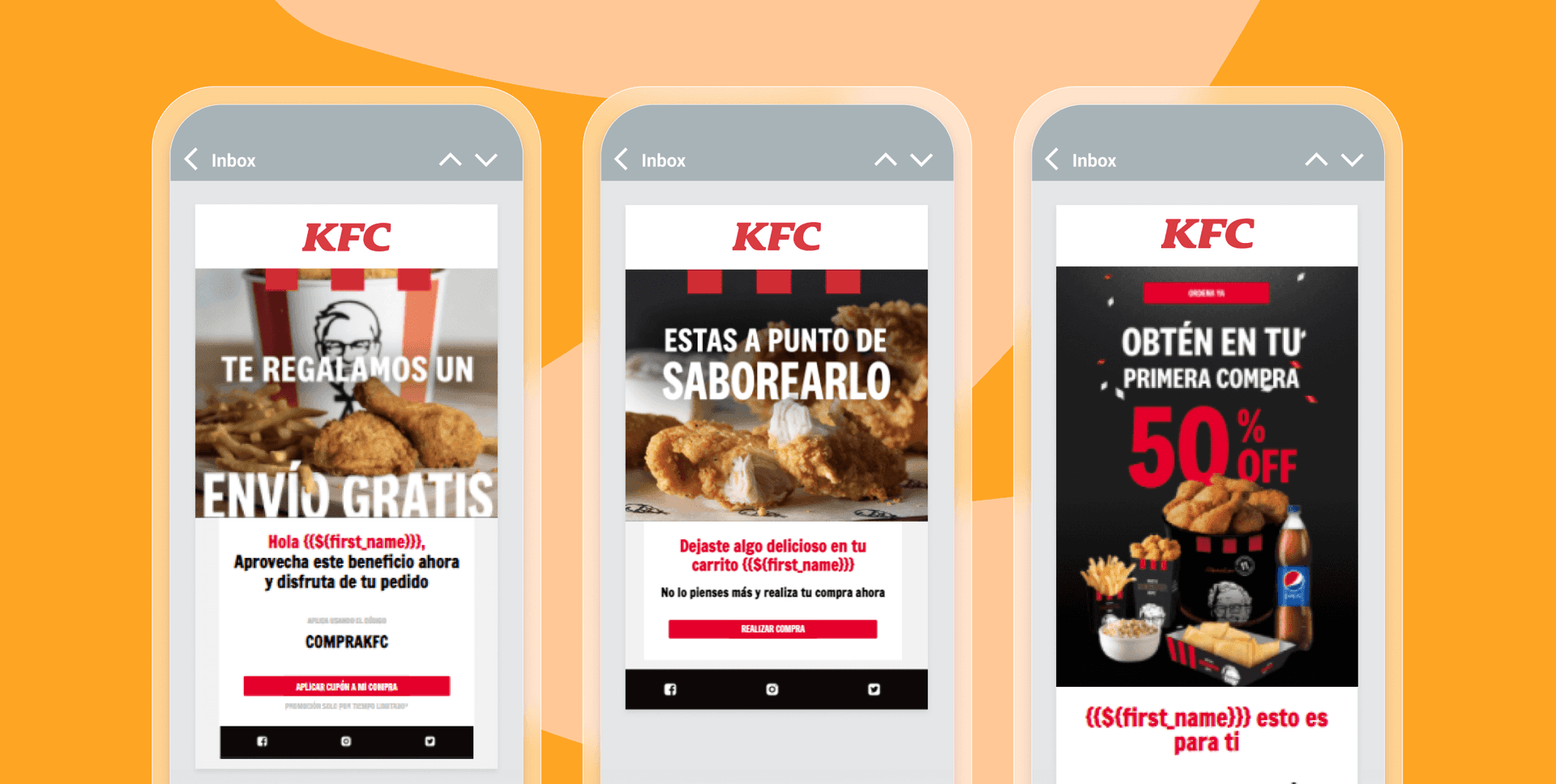
The solution
Leveraging Braze Canvas and the Intelligence Suite, KFC Ecuador designed targeted digital engagement campaigns. They tested different messaging variants, including value-added offers like free delivery and complimentary menu items, to encourage coupon redemption. The team utilized Intelligent Timing to send messages when customers where most likely to engage, aligning outreach with the moments and channels customers preferred.
The results
By implementing these personalized, multichannel campaigns, KFC Ecuador achieved a 15% increase in revenue, demonstrating the effectiveness of timely and relevant customer engagement strategies.
Class is in session: Quizlet optimize multiple channels for higher engagement
Quizlet is an online learning platform serving 60 million monthly users with digital flashcards, study tools, and games. Their mission is to help anyone learn anything through fun, effective learning experiences.
The problem
Quizlet wanted to boost engagement by encouraging consistent study habits. They launched a streaks campaign—but needed a flexible, testable multichannel strategy that could run at scale and adapt to user behavior.
The solution
Using Braze Canvas, Quizlet built a dynamic campaign that tracked user streaks and delivered personalized messages through email, push, in-app messages, and Content Cards. Each user was entered into a weekly journey, where intelligent timing and personalized stats kept engagement high.
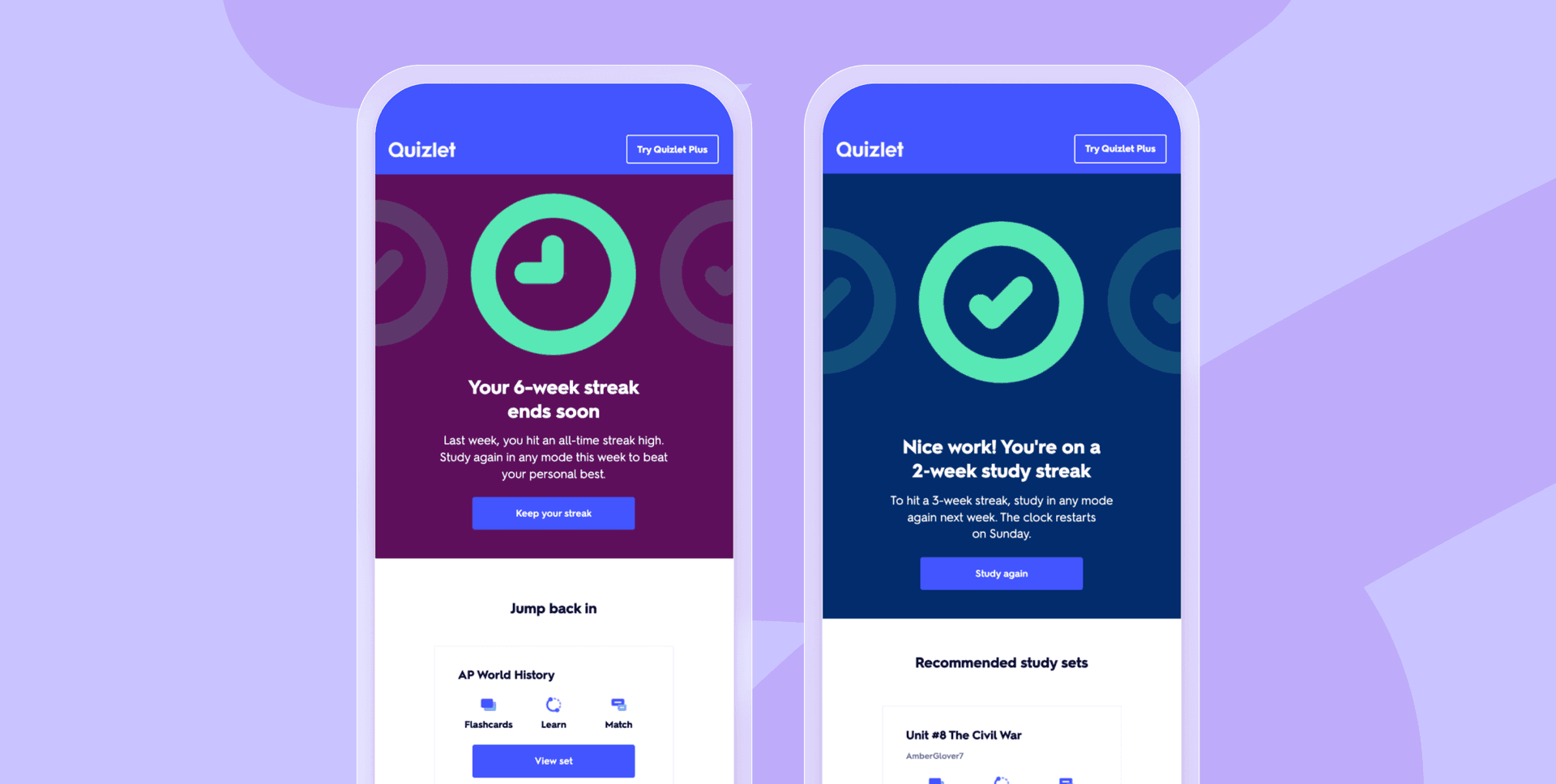
The results
The campaign delivered a 42% conversion rate, was entered over 1 billion times, and generated 4.6 million sessions. By introducing gamification and orchestrating outreach across channels, Quizlet created a habit-forming, multichannel experience that drove real results.
Houses, heroes, and high engagement: Max drives
Max (formerly HBO Max) is a direct-to-consumer streaming platform from Warner Bros. Discovery. Known for its premium entertainment catalog, Max aims to deliver personalized, engaging experiences that connect fans to the stories they love.
The problem
Ahead of the premiere of Fantastic Beasts: The Secrets of Dumbledore, Max wanted to activate its Wizarding World fanbase, but needed a scalable way to personalize content recommendations and drive deeper engagement.
The solution
Max used Braze to launch an interactive, cross-channel campaign centered on a “What’s Your Hogwarts House?” in-app survey. Based on this zero-party data, Braze Canvas triggered a personalized follow-up via email or push, featuring house-branded imagery and curated content. The experience also included deep links, dynamic recommendations, and gamified options like “choose for me” to increase participation.
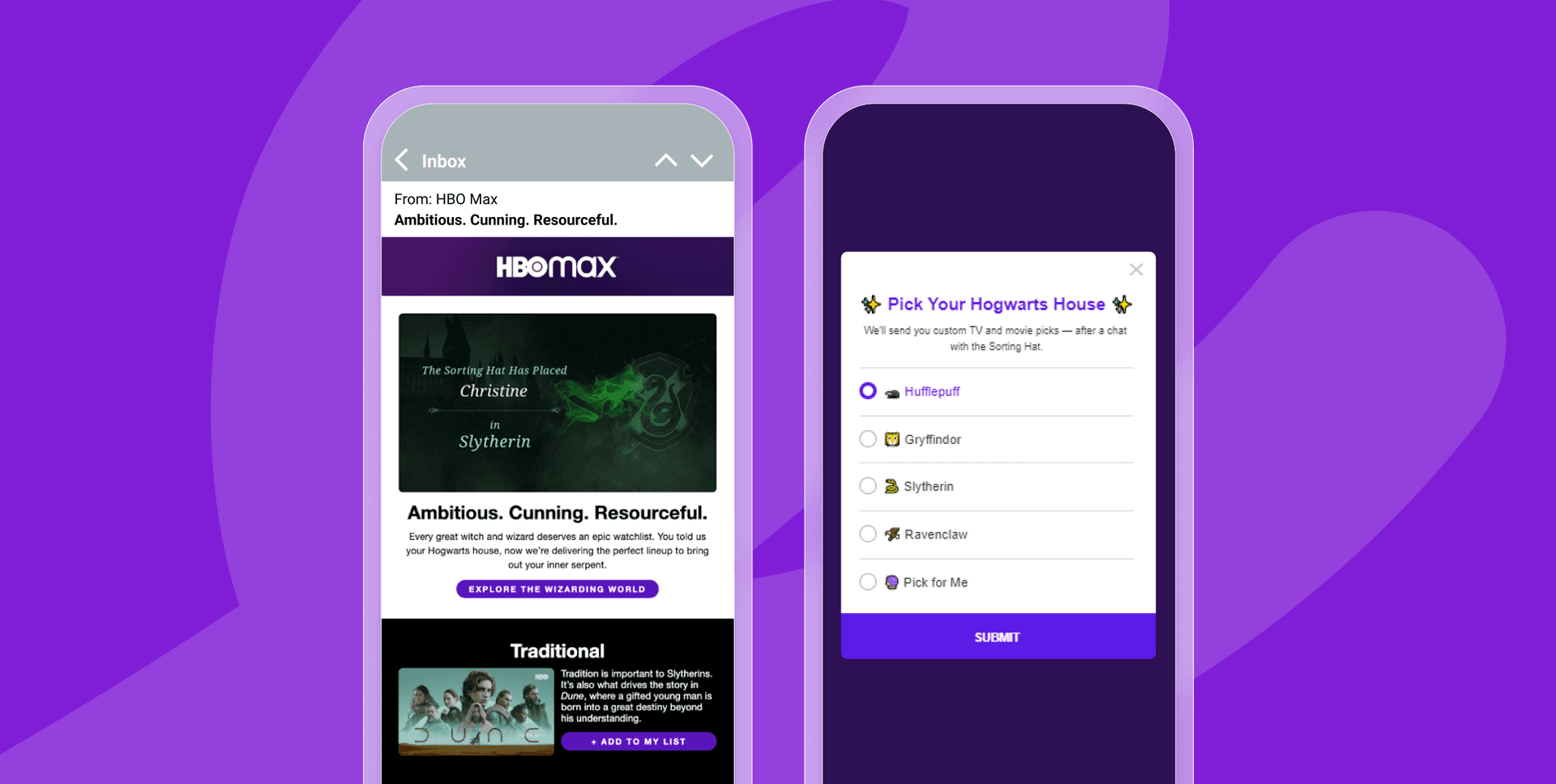
The results
The campaign delivered a 6X higher click rate to the in-app message (vs. benchmark), a 3.36% lift in viewership of recommended titles, and a 3.12% lift in session starts—proving the power of real-time personalization, smart targeting, and multichannel orchestration.
Multichannel optimization as a path to cross-channel engagement
Multichannel optimization offers more than tactical improvement. It’s often the first step toward a more connected, cross-channel approach.
By reviewing how each platform is used, aligning data, and streamlining messaging strategies, brands start to uncover opportunities for deeper integration. What begins as better timing or consistency evolves into more personalized, behavior-driven engagement, supported by smart journey orchestration and built around the customer, not the channel.
For teams looking to make the leap from multichannel to cross-channel, optimization is the most practical starting point. Braze was named a Leader in the 2024 Gartner® Magic Quadrant™ for Multichannel Marketing Hubs—recognized for both its completeness of vision and ability to execute. It’s a reflection of how Braze helps brands turn complex, multichannel strategies into seamless, customer-centric experiences.
Final thoughts
Multichannel optimization helps brands turn scattered campaigns into connected experiences. It’s a way to get more from the tools you already use, improve engagement across platforms, and lay the foundation for something more integrated.
This guide shows you how to build the right channel mix to hit your customer engagement goals—like driving up to 88.3X more purchases per user with a coordinated push, in-app message, email, and SMS strategy.
Multichannel optimization FAQs
What is multichannel optimization?
It’s the process of improving how brands use multiple marketing channels to create more consistent, timely, and relevant experiences.
What’s the difference between multichannel and cross-channel?
Multichannel uses multiple platforms independently, while cross-channel strategies connect those platforms to create a seamless customer journey.
Why is multichannel optimization important?
Multichannel optimization is important because without it, marketing efforts can feel disjointed, miss context, or overwhelm customers with uncoordinated messages.
How do you optimize a multichannel marketing strategy?
You can optimize a multichannel marketing strategy by first auditing your current channels, centralizing customer data, aligning messaging, and testing what works best across platforms.
What are some examples of multichannel marketing campaigns?
Some examples of multichannel marketing campaigns are ones that span email, SMS, and push notifications—each tailored to the channel but tied to a unified strategy.
Multichannel optimization FAQs
It’s the process of improving how brands use multiple marketing channels to create more consistent, timely, and relevant experiences.
Multichannel uses multiple platforms independently, while cross-channel strategies connect those platforms to create a seamless customer journey.
Multichannel optimization is important because without it, marketing efforts can feel disjointed, miss context, or overwhelm customers with uncoordinated messages.
You can optimize a multichannel marketing strategy by first auditing your current channels, centralizing customer data, aligning messaging, and testing what works best across platforms.
Some examples of multichannel marketing campaigns are ones that span email, SMS, and push notifications—each tailored to the channel but tied to a unified strategy.
Related Tags
Be Absolutely Engaging.™
Sign up for regular updates from Braze.
Related Content
View the Blog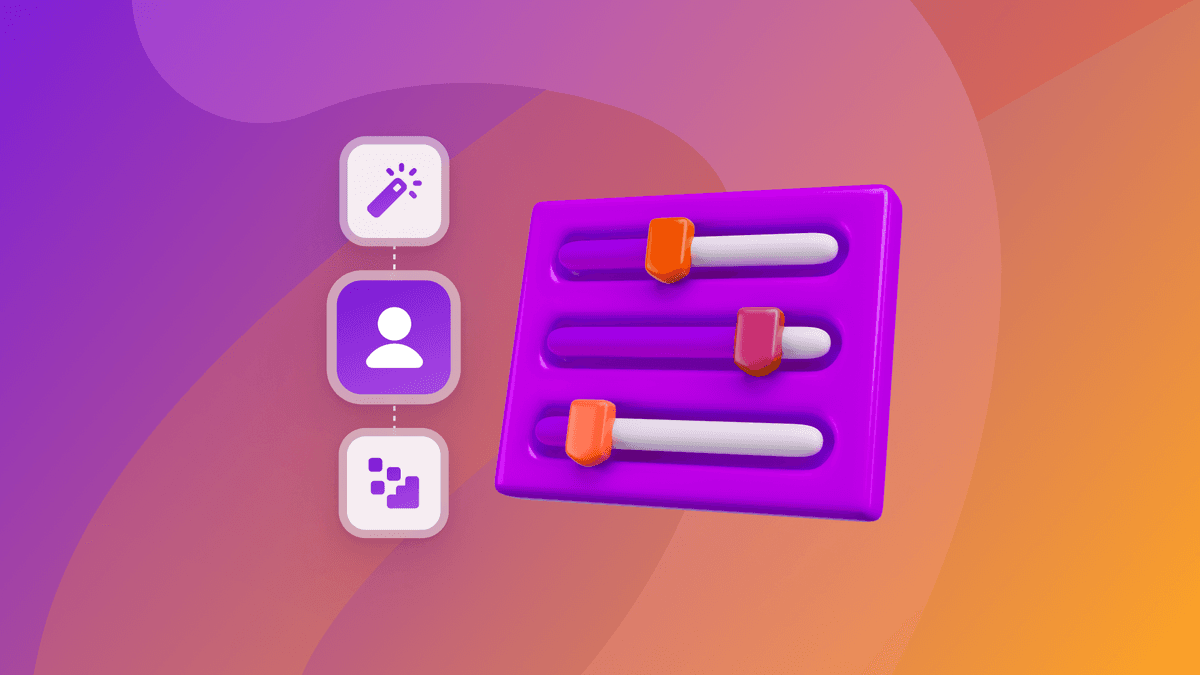
How behavioral marketing turns data into personalized experiences

Team Braze
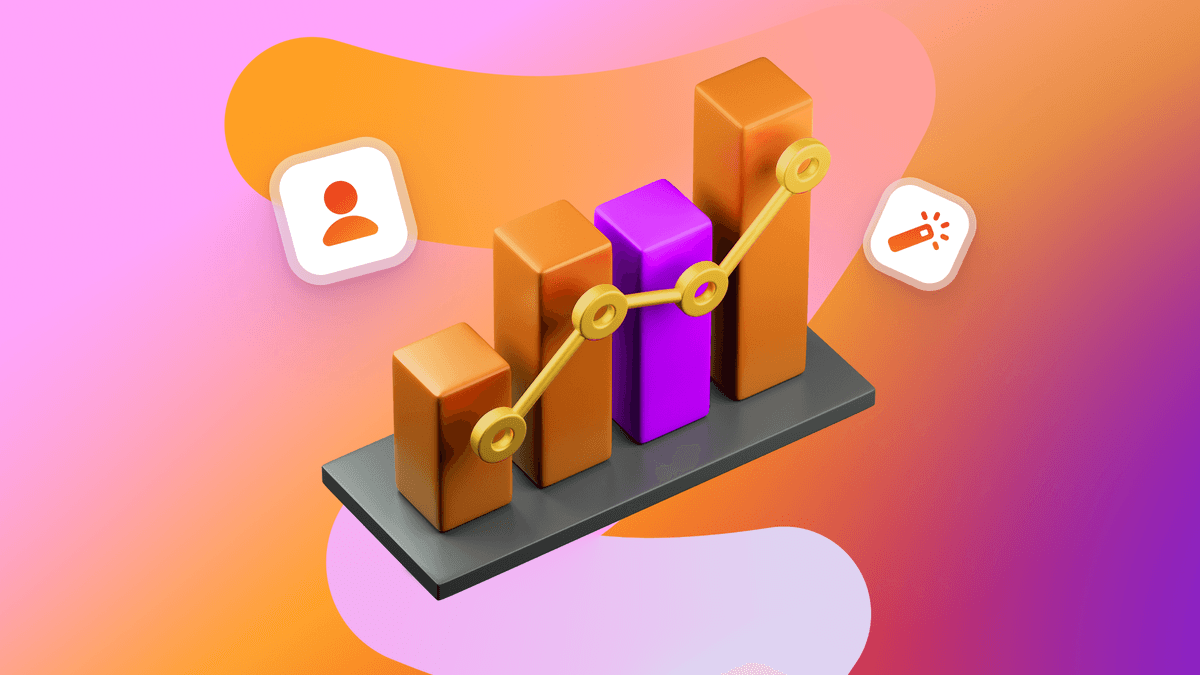
What are contextual bandits? The AI behind smarter, real-time personalization

Team Braze
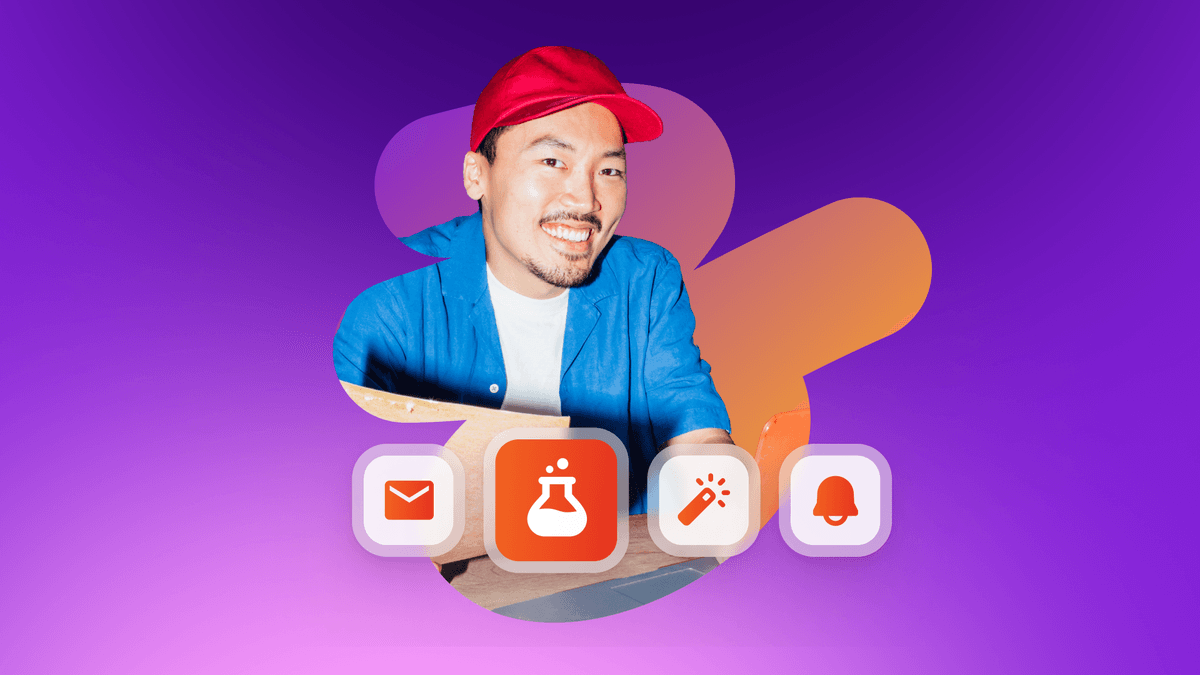
What is a multi-armed bandit? Smarter experimentation for real-time marketing
